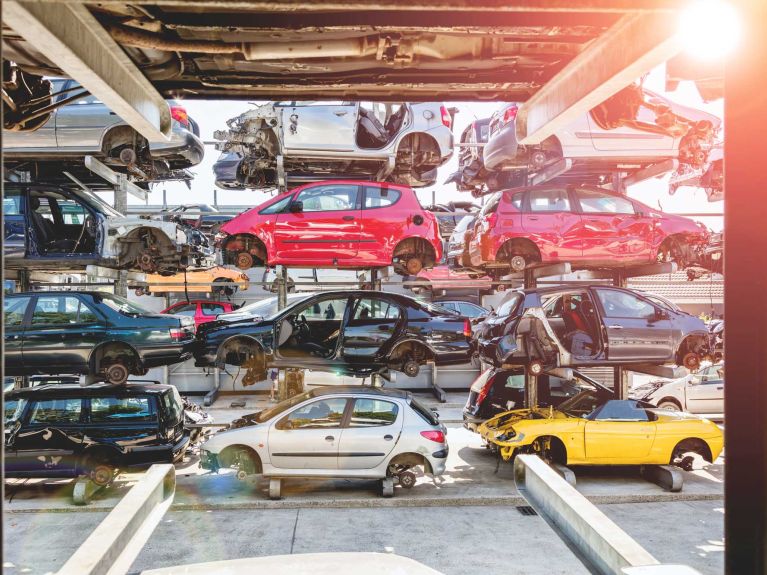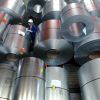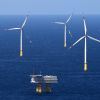Five facts about a sustainable economy
If you want to join in the discussion about renewable energies and recycling, you should be familiar with these latest facts from Germany.

1. In 2020, greenhouse gas emissions in Germany fell by 42.3 percent as compared with 1990, the reference year, putting them below the 40 percent climate protection target set for 2020. That said, a large part of this reduction was due to the economic recession brought about by the pandemic.
2. Nuclear, gas- and coal-fired power stations accounted for six percentage points less of the power generation mix in 2020, providing only 50 percent of German electricity for the first time. By contrast, renewable energy facilities expanded their production to 45 percent of the power generation mix.
3. Coal-fired electricity production has dropped by more than half since 2015, while the generation of wind power has increased by two thirds during the same period. Because of the nuclear phaseout, nuclear power stations produced 14 percent less electricity in 2020 and now account for 12.5 percent of the total.

4. More than 81 percent of the waste produced in Germany in 2018 was reused; this included just under 70 percent of material waste and almost 12 percent of energy waste. This already surpassed the 65 percent recycling rate that had been set by the German government for 2020.
5. The highest recycling rates were achieved for paper/cardboard and glass, at 88 and 83 percent respectively. Glass can be reused an infinite number of times, while paper can be reused over 25 times. The German paper industry already uses over 75 percent recycled paper; this is because recycling requires not only less timber but also only around half of the energy needed to produce new paper.


